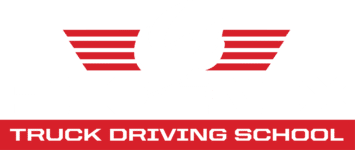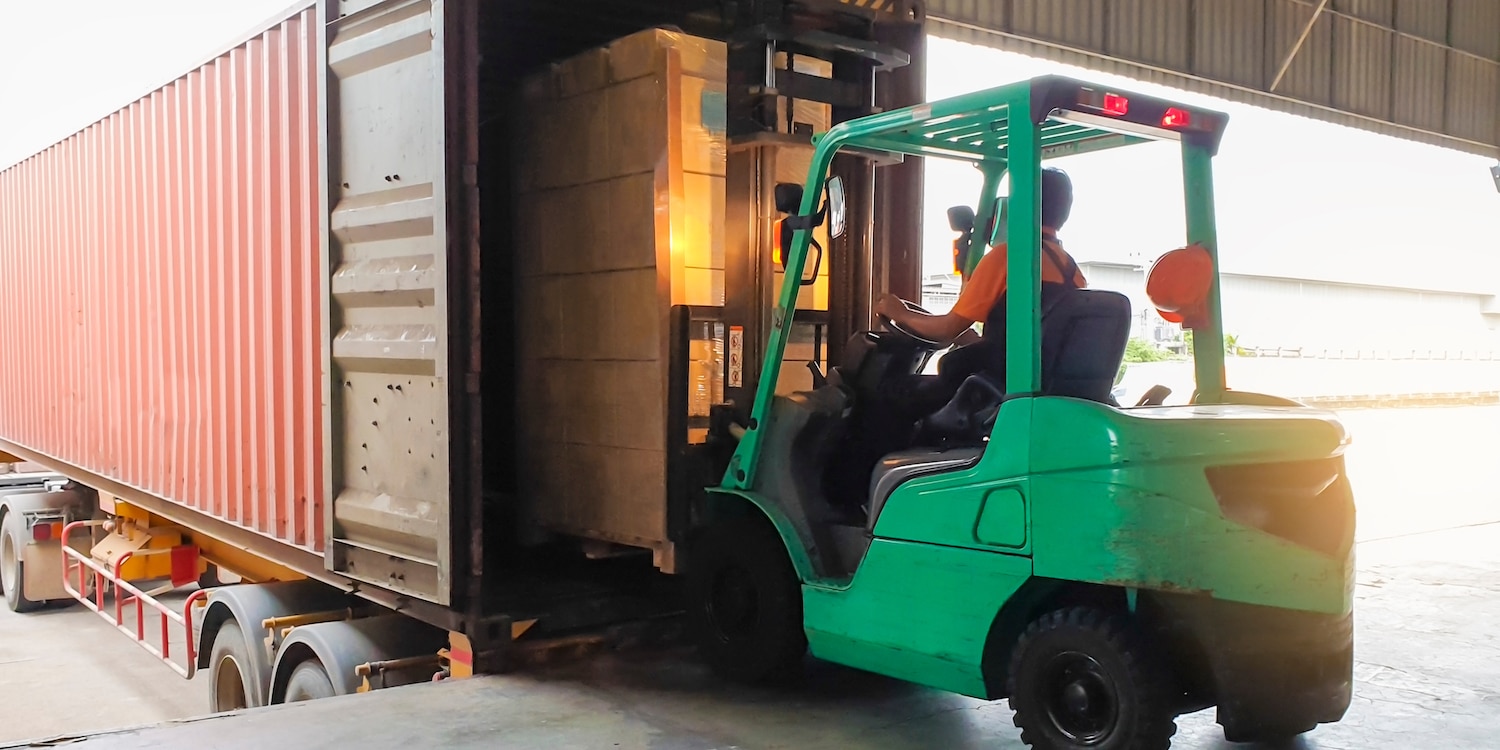Unloading cargo is a crucial part of the trucking industry that requires precision and efficiency. Whether you’re a seasoned trucker or a rookie, understanding the process, the different methods, and what to do when you arrive at the receiver can significantly enhance your productivity.
The Unloading Process
The unloading process involves removing cargo from a truck at its destination. It typically begins with verifying the delivery paperwork, checking for damages, and ensuring compliance with safety protocols.
Unloading Methods
Depending on the type of delivery there are two primary unloading methods: live loads and drop and hook.
Live Loads
A live load is an unloading situation where the driver must remain on-site during unloading operations. This scenario can sometimes be time-consuming and requires patience. In most cases, you will not need to actually unload the cargo as a trucker, although some positions do involve loading and unloading. Check with your company if you aren’t sure.
Drop and Hook
In contrast to a live load, drop and hook is often a more efficient unloading method. Here, the trucker delivers a trailer filled with cargo, drops it off at the destination, and then picks up an empty trailer to continue on their journey. This process often reduces wait times during unloading, allowing truckers to optimize their time on the road. That being said, there can still be situations where you need to wait for a new trailer, so the exact time at the receiver will vary.
Tips for Truckers at the Receiver
To maximize efficiency and ensure a smooth unloading experience, consider the following tips when you arrive at the receiver:
Plan Ahead
Research and familiarize yourself with the receiver’s unloading procedures, parking facilities, and potential challenges. This knowledge will help you prepare accordingly and anticipate any likely delays.
Communicate
Establish effective communication with the receiver’s staff. Maintain a professional demeanor, ask for specific instructions, and clarify expectations. Clear communication can prevent misunderstandings and streamline the process.
Safety First
Truckers should prioritize safety at all times, especially when at the receiver. Park your truck in designated areas, utilize safety equipment when necessary, and follow the receiver’s safety guidelines. Proper safety precautions ensure the well-being of everyone involved and minimize the risk of accidents.
Time Management
Efficient time management is crucial in the trucking industry. Prioritize your deliveries, allocate sufficient time for unloading, and plan your route accordingly. Avoid rushing, but also strive to complete your tasks promptly, maintaining a balance that optimizes productivity.
Stay Organized
Keep your paperwork, including bills of lading, delivery receipts, and any other necessary documents, organized and readily accessible. An organized approach saves time, minimizes errors, and demonstrates professionalism.
Professional Attitude
Maintain a professional attitude throughout the unloading process. Treat the receiver’s staff respectfully, follow instructions diligently, and remain patient and calm even in challenging situations. A positive attitude fosters good relationships and can make future interactions smoother.
Launch Your Trucking Career Today
Are you ready to launch your trucking career? With state-of-the-art facilities and a commitment to safety and professionalism, Phoenix Truck Driving School a great place to start. Our experienced instructors will teach you all the skills necessary to become a professional truck driver, including unloading. Don’t pass up this opportunity to earn your commercial driver’s license, join a booming industry, and experience the freedom of the open road.















